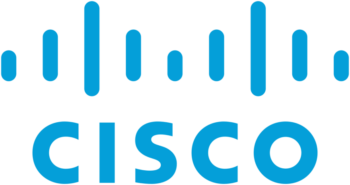Crexendo Growth Surges with Four and a Half Million Users on its Software Platform With Platform Growing At Nearly Twice The Industry Average
*Users are defined as UCaaS application user seats including individual user ...

Browse these posts below for the latest in cloud communications news and insights.
Join over 150+ cloud communications companies already growing with CCA.